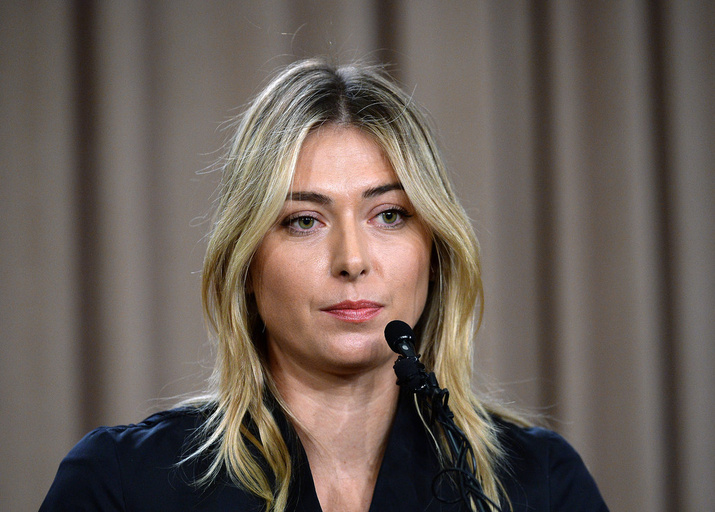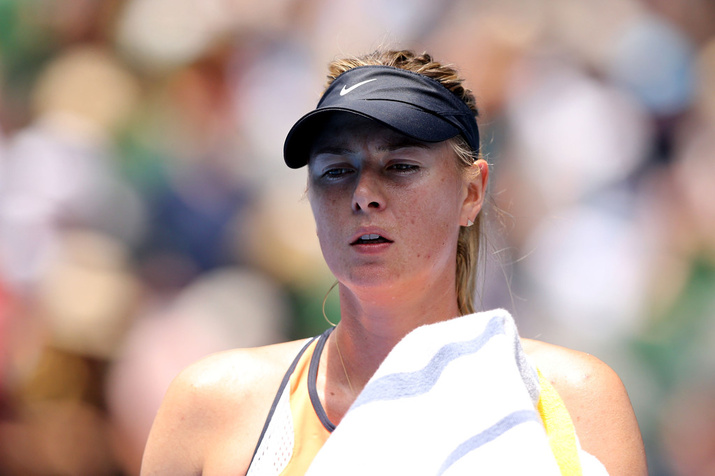Don't miss any stories → Follow Tennis View
FollowReflections on Maria Sharapova's Suspension
March 7, 2016 was a day that the tennis community and Maria Sharapova will not soon forget. That afternoon, an uncharacteristically subdued and somewhat humbled Maria stared into the television cameras, confessing to the world that she had tested positive for a banned substance. The failed test came after her loss to Serena Williams at the Australian Open. The banned substance, Meldonium, was also known as Mildronate outside of the United States.

In the days that followed, reactions, outrage, and fan support were all over social media. Sponsors scrambled to react in a politically correct fashion. The facts were still left to unfold.
Three months later, Maria received a decision by the International Tennis Federation, which resulted in a two-year suspension. If the suspension holds, Maria will miss the rest of the 2016 season, including the Rio Olympics, as well as 2017. At age 29, Rio is likely to be her last Olympic opportunity, and returning to the WTA tour at age 31 seems a tall order.
Sharapova, who began playing tennis at age four, has only lived a life of tennis. In spite of her many achievements, the veil of doping suspicion will forever overshadow her accomplishments. No one will ever know what, if any, advantage she gained from Meldonium, a drug taken by her own admission throughout most of her career. It remains unclear whether there was an actual medical necessity for the prescription, but I will leave that debate to more qualified resources.

Maria is currently ranked No. 26 on the WTA Tour, and her points continue to fall. If her two-year suspension is upheld, she would be outside the top 100 if she attempts a return. James Blake is probably correct in commenting that the Russian will likely find a place in Newport at the Tennis Hall of Fame, and her titles will remain intact. However, her record and her integrity will forever be viewed with suspicion by her peers and the tennis community. Several players have spoken out in judgment, and Blake also remarked that on her return, “I think the [other WTA players] are not going to take too kindly to when she does come back on tour.”
While many scramble to calculate the potential loss of wealth, perhaps the most significant impact is that Sharapova (whether intentionally or not) has robbed herself of ever knowing what she could have accomplished on her own. That reality of not knowing may haunt her for the rest of her life. At the end of any career, an athlete is left not only with the titles, money, and fame but also with the memories and the realities of their sporting life. The public may never know all of the facts, but she does. In the end, Maria will sit in judgment of herself when reflecting on her actions and her now tainted career.
Meanwhile, the lessons of this case must not go to waste. Players are now on notice to disclose everything they put into their bodies if they were not before. All communications from the World Anti-Doping Agency (WADA) matter. If an organization has the ability to snuff out your career, it is surely sound advice to take their rules, advisories, communications, and policies seriously.
On its part, WADA also has a responsibility to be explicit in communicating changes concerning banned substances. In doing this, they will remove any impression of gray areas and potential loophole arguments.
When your profession is sport, it is imperative to take anti-doping seriously. If it was not clear before, athletes have been served notice that ignorance is not a valid argument.










